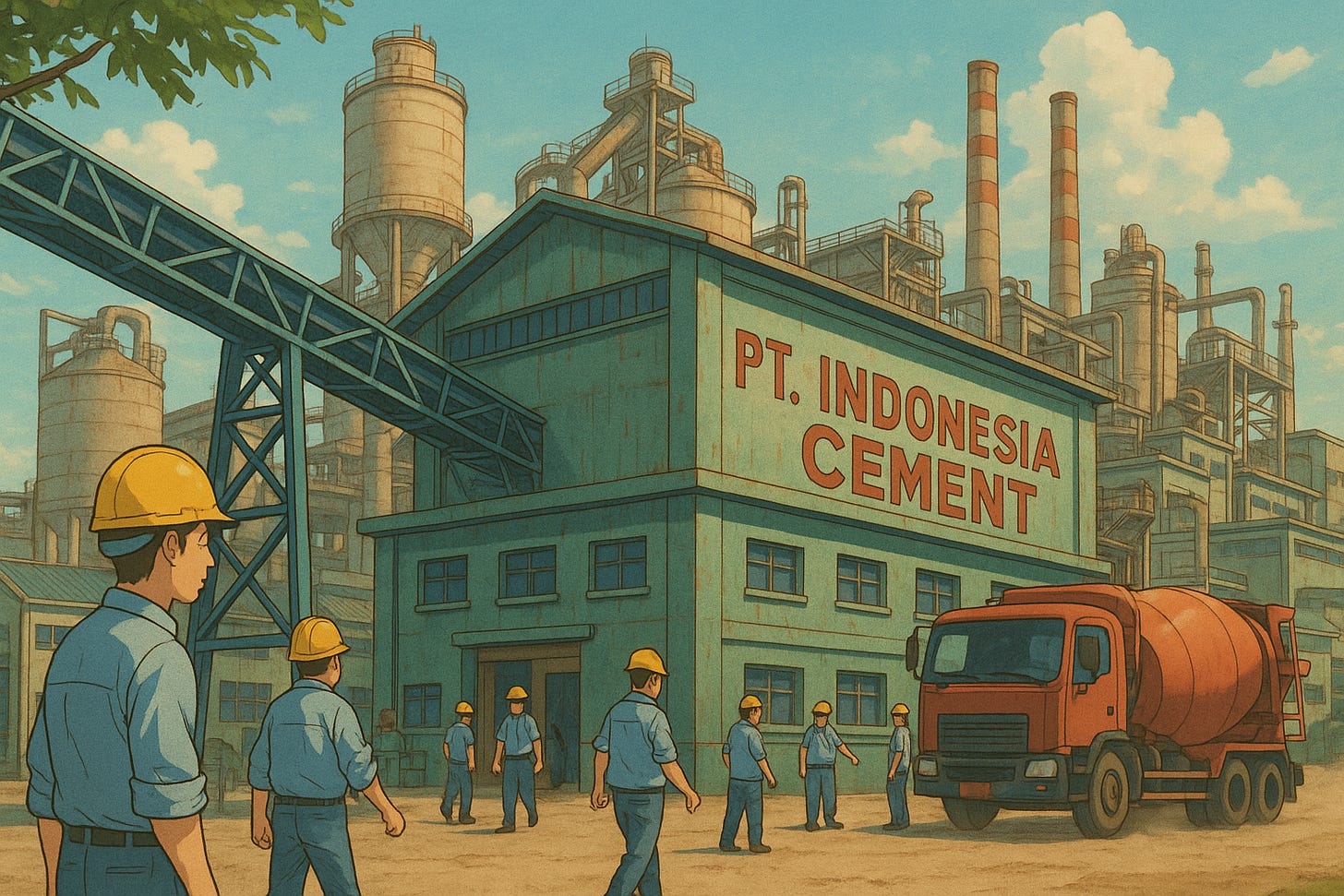Indocement (INTP IJ)
10-yr bear market and 15% distribution yield - a local duopoly at 70% discount to replacement costs...
Introduction
Indocement (US$1.2b mkt cap, 8x P/E ex-cash) is a long-cycle hold/trade that easily has 3-5x potential over 5-7 years. If you are new to Apeconomics, my investment framework seeks out confluence in macro, fundamentals and technicals for the best r/r set-ups as outlined here.
Fundamentally, Indocement is the cheapest cement company (globally)…
Keep reading with a 7-day free trial
Subscribe to Apeconomics to keep reading this post and get 7 days of free access to the full post archives.


